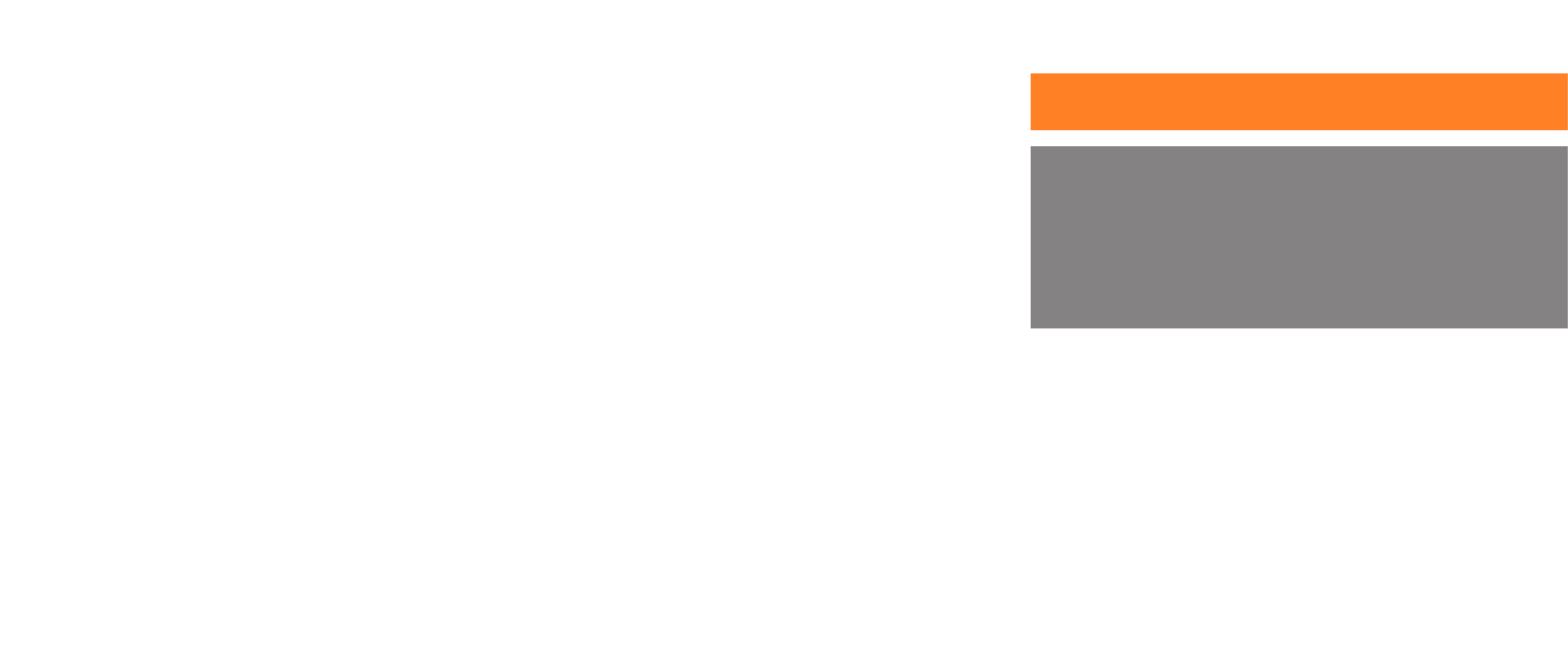Garage Flooring: What Are Your Options?
A bare concrete slab in your garage can stain easily and weather poorly. And it just looks and feels half-finished. If you’re ready to upgrade your garage floor but don’t know which options are available to you, read on.
The most popular garage-flooring options include paint, sealed concrete, roll-out flooring mats, tiles, and epoxy. Let’s look at each of them in turn.
Paint
Latex paint has been used for years to freshen up garage floors. While hardly the toughest floor covering available, paint is inexpensive, easy to apply, and allows you to choose just about any color you wish. Special epoxy paints are also available that offer a bit more durability and protection from stains and chemicals.
Sealed Concrete
Concrete doesn’t need to look bland and industrial: when it’s polished and sealed, concrete’s character comes alive. If you like concrete just fine on its own, but want to protect it from stains, pitting, and the sort of damage common to garage floors, you might consider a simple acrylic sealer. A high-quality sealer will keep your garage floor from producing dust, protect it from salt, dirt, and liquids, and offer at least some resistance to oil and chemicals. Plus, it will make your floor a relative breeze to clean up.
Sealers are inexpensive, easy to apply, and can get you back in your garage within a day or two, sooner than some other approaches. Once your concrete is sealed, you can always go back later to add a tougher top coat, such as epoxy.
Roll-Out Flooring
For a more versatile finish that’s still easy to install, you might consider rubberized vinyl floor mats. These polyvinyl mats come in rolls of various lengths, and in a wide variety of colors and textures. They are easy to cut down to the size of your garage, and just as easy to install: just roll the flooring directly onto your concrete slab. No adhesive is necessary, and if you need to make two passes, adjoining mats can be butted together for a nearly seamless finish.
Roll-out flooring is resistant to oils, antifreeze, battery acids, and other common garage hazards. Its texture keeps water off the surface, and its slight cushion makes it a perfect finish for garages that see a lot of foot traffic. Some roll-out flooring even incorporates lighting, parking guides, or special channels for drawing away melting snow and other sources of garage-floor flooding. You can even take it with you when you move, by simply rolling it back up.
Tiles
More versatile than roll-out flooring but a bit less convenient to install, garage floor tiles are an increasingly popular choice for homeowners. With this popularity have come more options, ranging from simple plastic tiles to durable vinyl composites, and even to porcelain tiles. Many are geared to DIYers, often featuring an interlocking system for easy installation. Others, particularly the more durable varieties, may require a bit of skill, or even professional installation.
Since they can be made of so many different kinds of material, you’ll want to be sure to choose a type of tile that serves your needs best. For example, some offer modest resistance to the kinds of oils and acids that often hit a garage floor. Others are highly impervious to those dangers, but may not do so well with salt or standing water. Some, particularly polyvinyl tiles, are excellent all-arounders.
Whichever tile works best for you, you’ll almost certainly be able to find it in the colors that fit your style, and you’ll be free to create some interesting patterns that just aren’t possible with other flooring options.
Epoxy
For homeowners who want an attractive, durable garage floor, similar to what you’d find in a car showroom or in some professional garages, epoxy flooring is still the most popular way to go. Epoxy isn’t nearly as convenient as other approaches. It must be mixed on-site from two different components, applied in at least two coats, and left to cure for 3-4 days. But the results are superbly durable, long-lasting, and easy to maintain.
Epoxy resists everything from moisture to battery acid; its main nemesis is UV light, which can cause it to yellow, but which isn’t a huge concern in most garages. It can become slippery when wet, even dangerously so, but a bit of texture added to its top coat can make it safe even when oil is spilled on it. Some homeowners add paint chips to their epoxy floors for a bit of visual texture; some prefer a glossy finish to their epoxy floors, while others like a more satiny glow; still others add a urethane clear coat to better protect their investment.
For patient DIYers, epoxy floors can be straightforward to install, if a bit time-consuming. Professional installations can carry warranties of 15 years or more.
Even More Options
Some garages do double duty as recreational or workout areas. For those uses, homeowners can choose from a wide variety of highly cushioned rubber and foam flooring and mats. Some even divide their garages up into distinct zones, each with a different type of flooring described here.
Those who want the durability and professional, finished look of an epoxy floor but don’t want to wait a week to use their garage again can look at the relatively new polyaspartic flooring options now available. These compounds dry and cure much more quickly than epoxy and offer similar long-term benefits; they cost a bit more, even for DIYers, and require better planning and more confident technique to install.
The bottom line is that there’s no longer any good reason to live with a simple slab floor in your garage. Homeowners have so many options these days that the best approach is usually to imagine everything you need from your garage floor, then to find the flooring product that best matches your vision.






